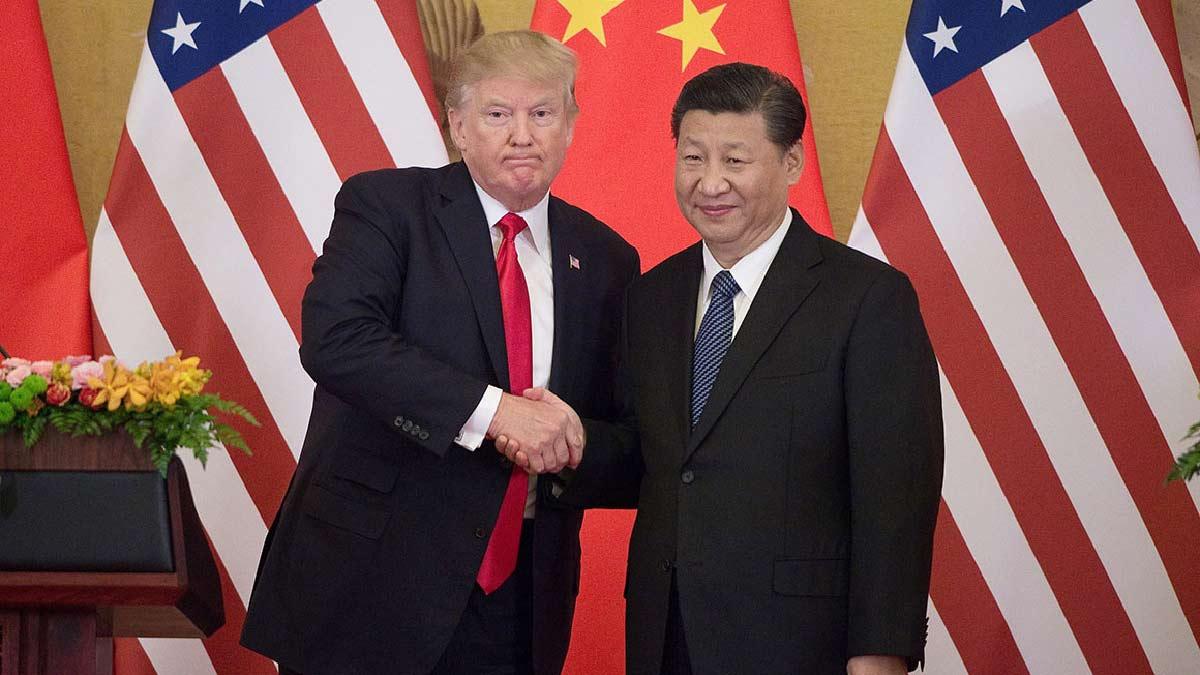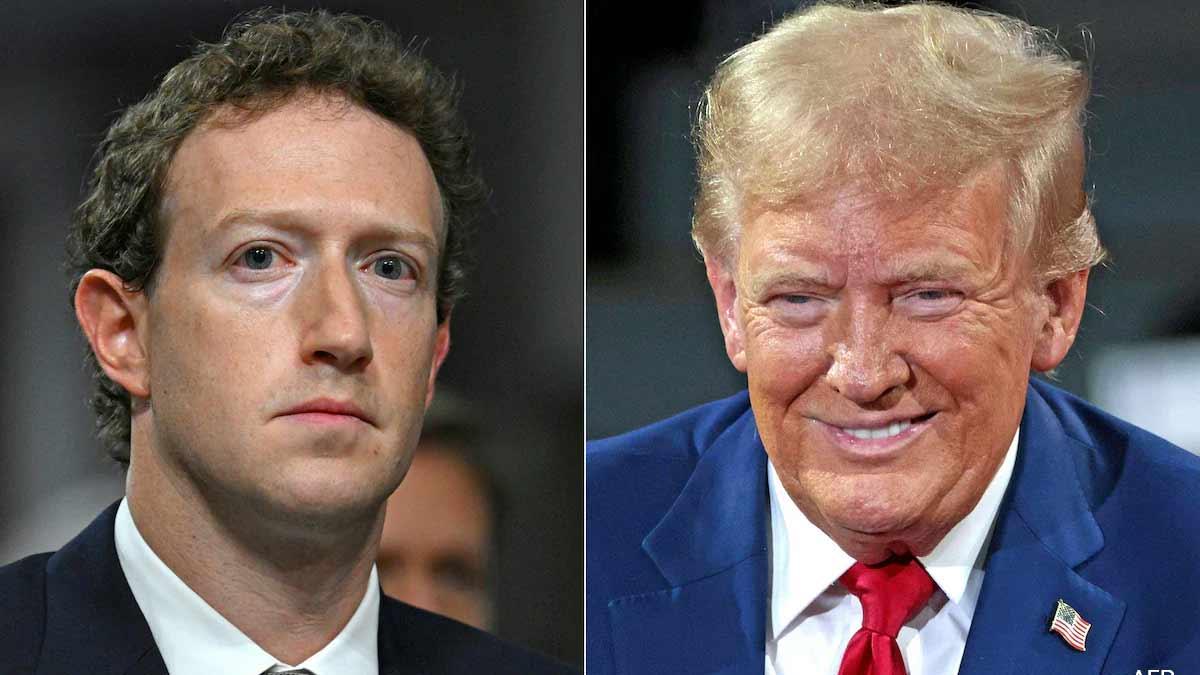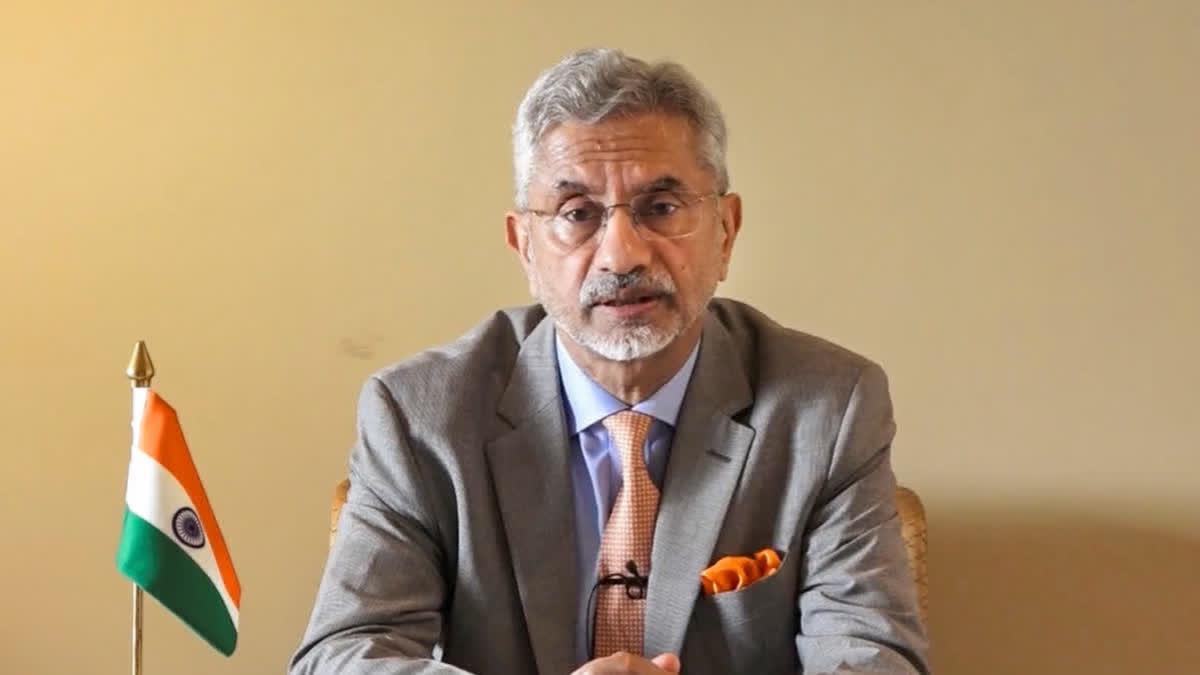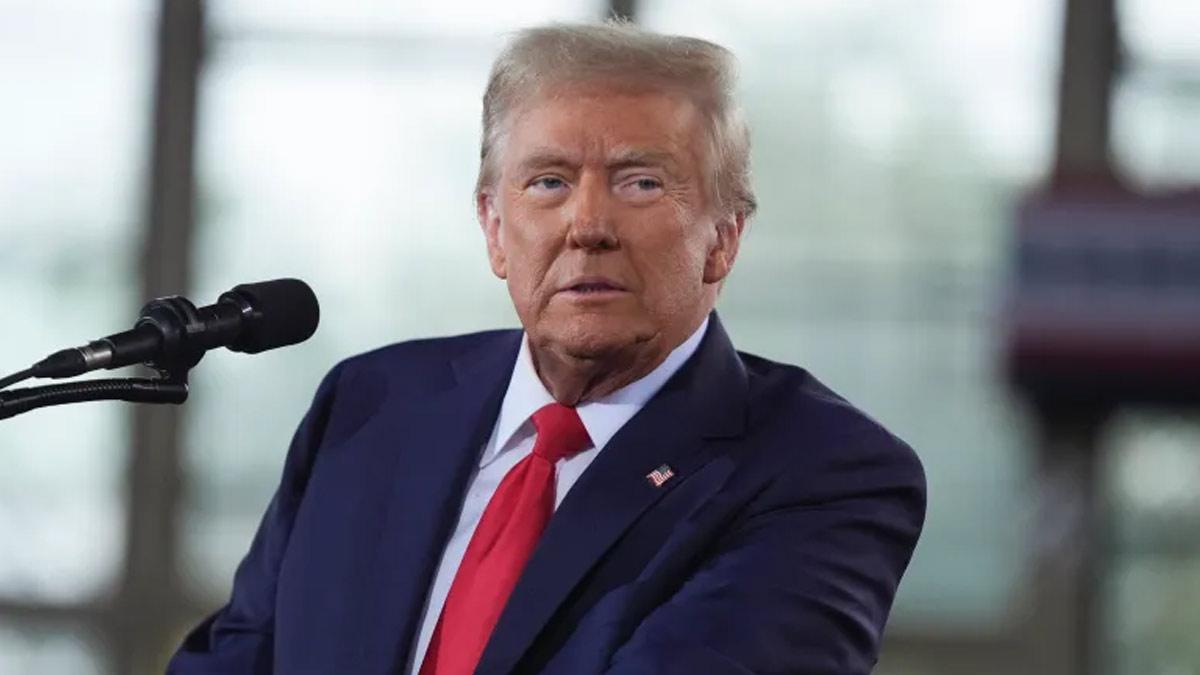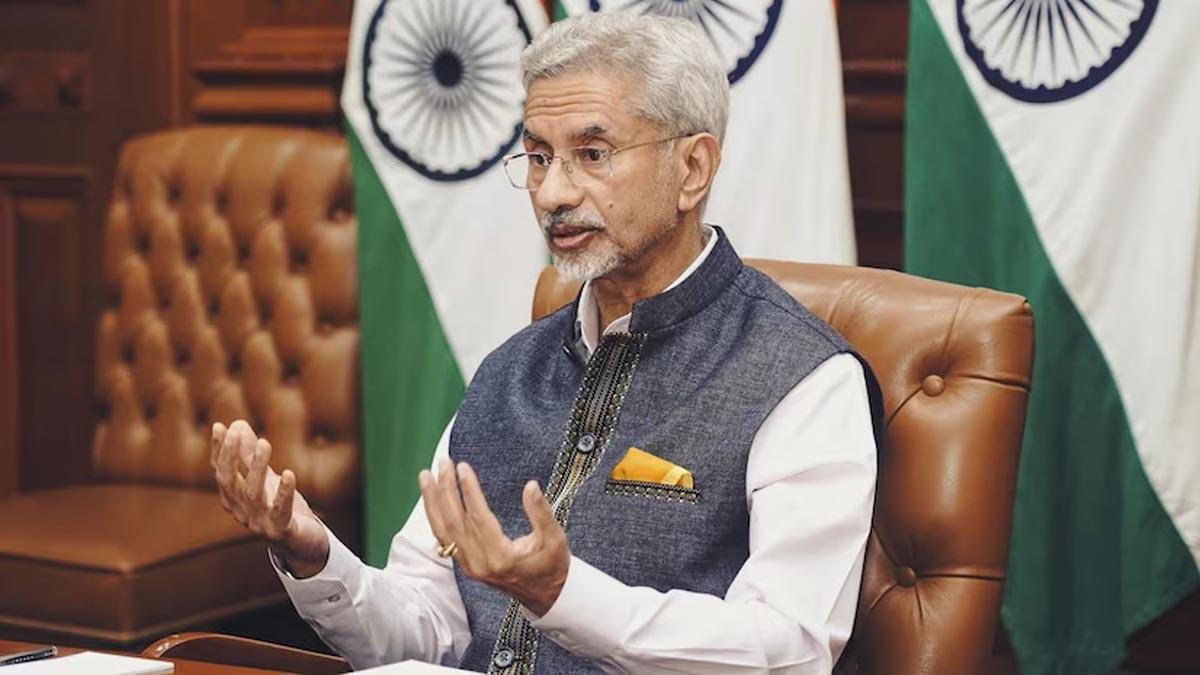President Donald Trump revealed on Wednesday that America has signed a trade deal with China involving significant concessions from Beijing, including the easing of limits on the export of rare earth minerals and magnets—vital components for industries like automobile and electronics.
"Our China deal is complete, pending final approval with President Xi and me," Trump asserted in a post on Truth Social. He added that China would offer "any rare earths required" and magnets, while America would relax restrictions on Chinese students studying at American universities. The administration had recently taken steps to limit the number of Chinese nationals on U.S. campuses.
“We are getting a total of 55% tariffs, China is getting 10%. Relationship is excellent!” Trump added, without providing specifics.
As Bloomberg explains, a White House spokesperson broke down the 55 percent U.S. tariff on Chinese imports into three parts: a base "reciprocal" tariff of 10 percent, a 20 percent tariff on fentanyl-related offenses, and a 25 percent tariff extension of existing tariffs first levied during Trump's previous term and continued under President Biden.
Although full information about the deal is still lacking, initial opinion is that Beijing might have been given a negotiating advantage, particularly after U.S. carmakers such as Ford and Chrysler reduced output following China's previous curbs on rare earth supplies.
The signing of the deal awaits approval by both Trump and Chinese President Xi Jinping. Chinese state media had, in the morning, confirmed that negotiators from the two countries had reached a "framework" during bilateral talks in London, although there was no official response to Trump's comments on social media.
Both sides had previously indicated general agreement to defuse the long-standing trade dispute—their second round of talks in recent months, the latest meeting in London. That gathering followed President Trump's escalation of tariffs in retaliation against China's export policies.
Onlookers are now postulating that the course of the trade war could be deviating from early American expectations. With China playing a more assertive role in the current negotiations, Washington seems to be attempting pivotal concessions—most notably about the revival of essential resource flows.
In previous discussions in Geneva, conducted by U.S. Treasury Secretary Scott Bessent, the American delegation advocated for simultaneous tariff cuts as domestic opposition gathered against supply chain setbacks, inflated consumer prices, and bare store shelves.
In London, US negotiators were said to have pushed China to "suspend or eliminate" its tight restrictions on rare earth magnet exports, which had precipitated global supply shortages. The meeting came after a June 5 phone call by the White House between Trump and Xi, their first direct conversation since Trump imposed retaliatory tariffs.
After the London talks, U.S. Commerce Secretary Howard Lutnick said of the breakthrough: "We have achieved a framework to execute the Geneva consensus… Once the Presidents sign off on it, we will then work to execute it."
China's Vice Commerce Minister Li Chenggang also expressed this sentiment, as he informed the BBC that, "The two sides have, in principle, reached a framework for implementing the consensus reached by the two heads of state during the phone call on June 5 and the consensus reached at the Geneva meeting.
Limits on rare earth magnets—especially the high-performance neodymium-iron-boron (NdFeB) variety—were a particular concern. They are critical to the production of electric vehicles (EVs), making possible high-efficiency electric motors and items like power steering, wipers, and braking systems. Even though Beijing has not officially prohibited the export of rare earth magnets, its licensing process has been growing more complicated, leading to concerns about worldwide shortages.
Negotiations in Geneva had previously led to a temporary ceasefire, reversing peak tariffs that had risen to 145 percent. Trump later described the result as a "total reset," reducing U.S. tariffs to 30 percent and Chinese tariffs for American products to 10 percent. A 90-day timeframe was also established to achieve a full trade settlement.
But the truce was short-lived. The U.S. has accused China of foot-dragging on relaxing rare earth export limits, while Beijing has also faulted Washington for restricting access to American technologies, such as AI-related semiconductors.
U.S. Trade Representative Jamieson Greer recently claimed that China had not removed restrictions on rare earth magnet exports. China's Ministry of Commerce meanwhile said that it had granted several export licenses prior to negotiations this week.
Analysts maintain that China today wields considerable leverage, particularly because it has a near-monopoly on rare earth supply. This position of strength has seen the U.S. in a desperate scramble for relief while industries that rely on such materials suffer.
The repercussions are no longer exclusive to the U.S. For instance, Suzuki Motors, headquartered in Hamamatsu, Japan, revealed plans to halt production of its Swift subcompact car on account of rare earth supply problems—being the first Japanese automobile company to be directly hit. The same apprehensions are growing among global manufacturers further bolstering the international implications of the current trade standoff.
Read also| Elon Musk Admits Regret Over Trump-Related Posts: ‘Went Too Far…'
Read also| US Pulls Staff from Region as Israel Positions Itself for Possible Strikes on Iran

